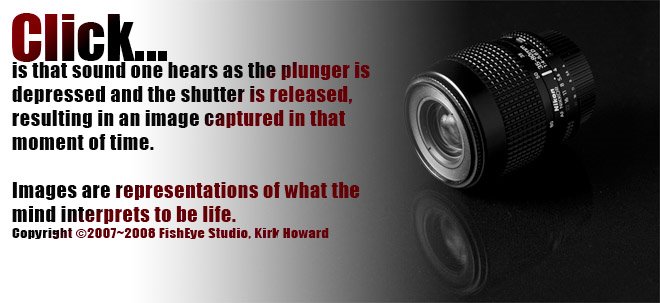The word of the day is Disappointment. This blog entry is brought to by the letter “F”, and by the number “0” zero.
Last night I was reading my on line version of Popular Photography. The article I was reading was about a Flickr user and Photographer from Iceland. The article titled “Flickr Superstar Profiled in Times Magazine” talks briefly about her style of photography and how it is suited for the Flickr user. This article was inspired by another article written in the by VIRGINIA HEFFERNAN titled f l i c k r.
I was intrigued to see more of this so I decided to link over to her Flickr page _rebekka and poke around a little. What I found was an amazing amount of creativity and talent.
I am most impressed with the self-portraits. Rebekka’s self-portraits are not just the ordinary snap shots of her doing nothing. Her self-portraits are master pieces of expression and technical agility. She has perfected the use of multiple exposures to construct interesting self-portraits of herself. In some images she is seen in three different poses. At first you think she is a twin or triplet, but later realize from her comments it just her.
Here is the proof and I think it is very funny about what she found on iStockPhoto.com
To see more of Rebekka Guðleifsdóttir work Click on the “MiSsInG lInK”
Rebekka Guðleifsdóttir – Website
Rebekka Guðleifsdóttir – Flickr
Rebekka Guðleifsdóttir – Wikipedia
To be continued…






 What is an f/stop? Here is the simple explanation. Think of the aperture in the lens or camera like the iris in your eye, and it usually is located in your lens. The larger the opening the grater amount of light is allowed through the lens and into the camera. The larger your f/stop numbers the small the opening. The smaller the f/number the larger the opening.
What is an f/stop? Here is the simple explanation. Think of the aperture in the lens or camera like the iris in your eye, and it usually is located in your lens. The larger the opening the grater amount of light is allowed through the lens and into the camera. The larger your f/stop numbers the small the opening. The smaller the f/number the larger the opening.

 These are a little dark after I adjusted them in Lightroom. I will readjust and repost.
These are a little dark after I adjusted them in Lightroom. I will readjust and repost.